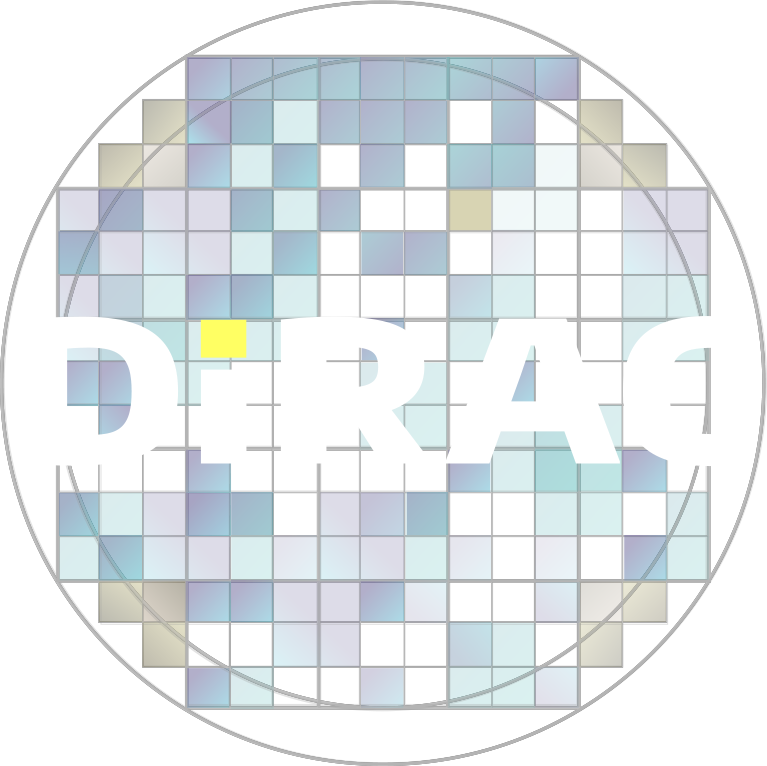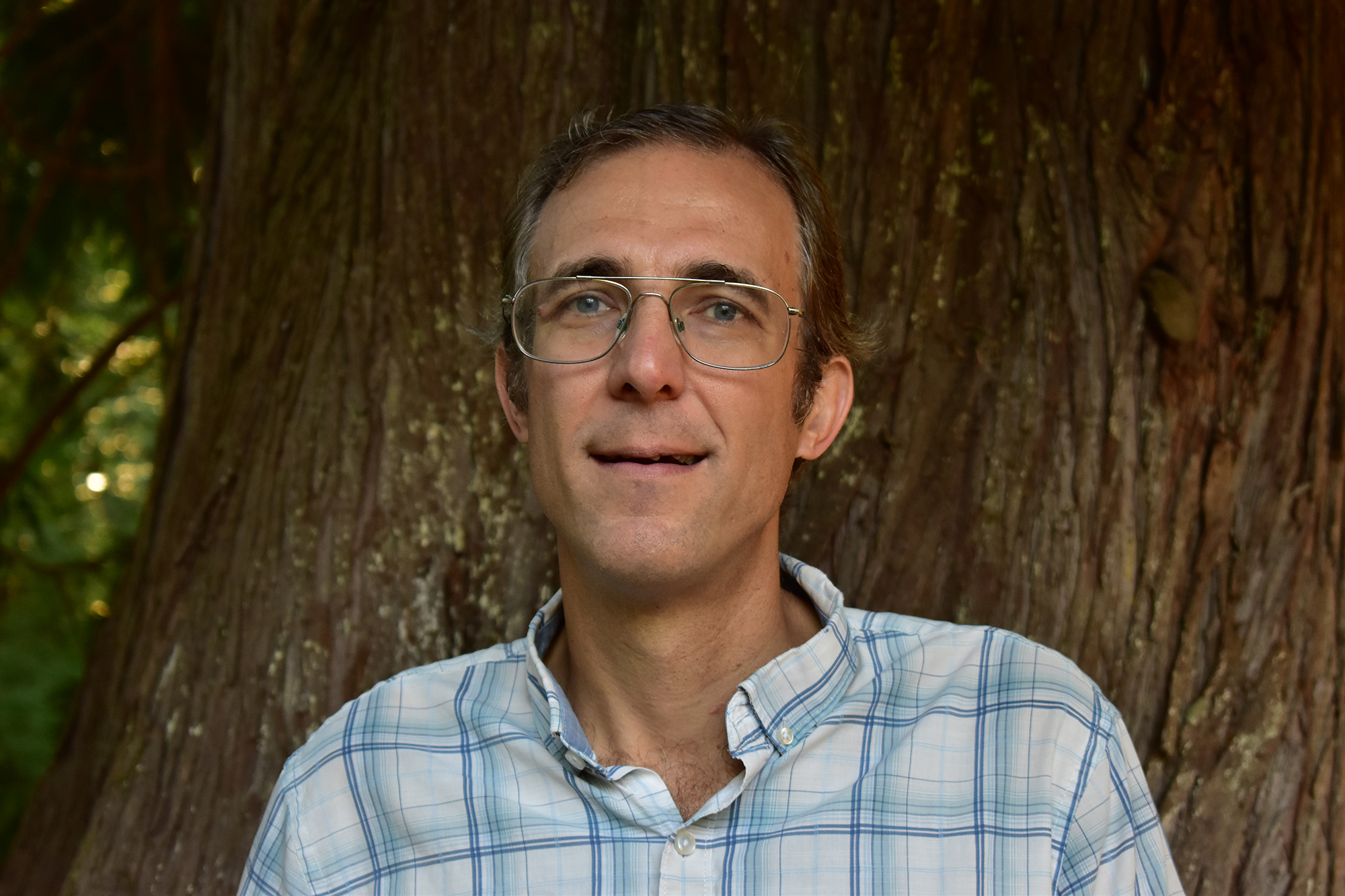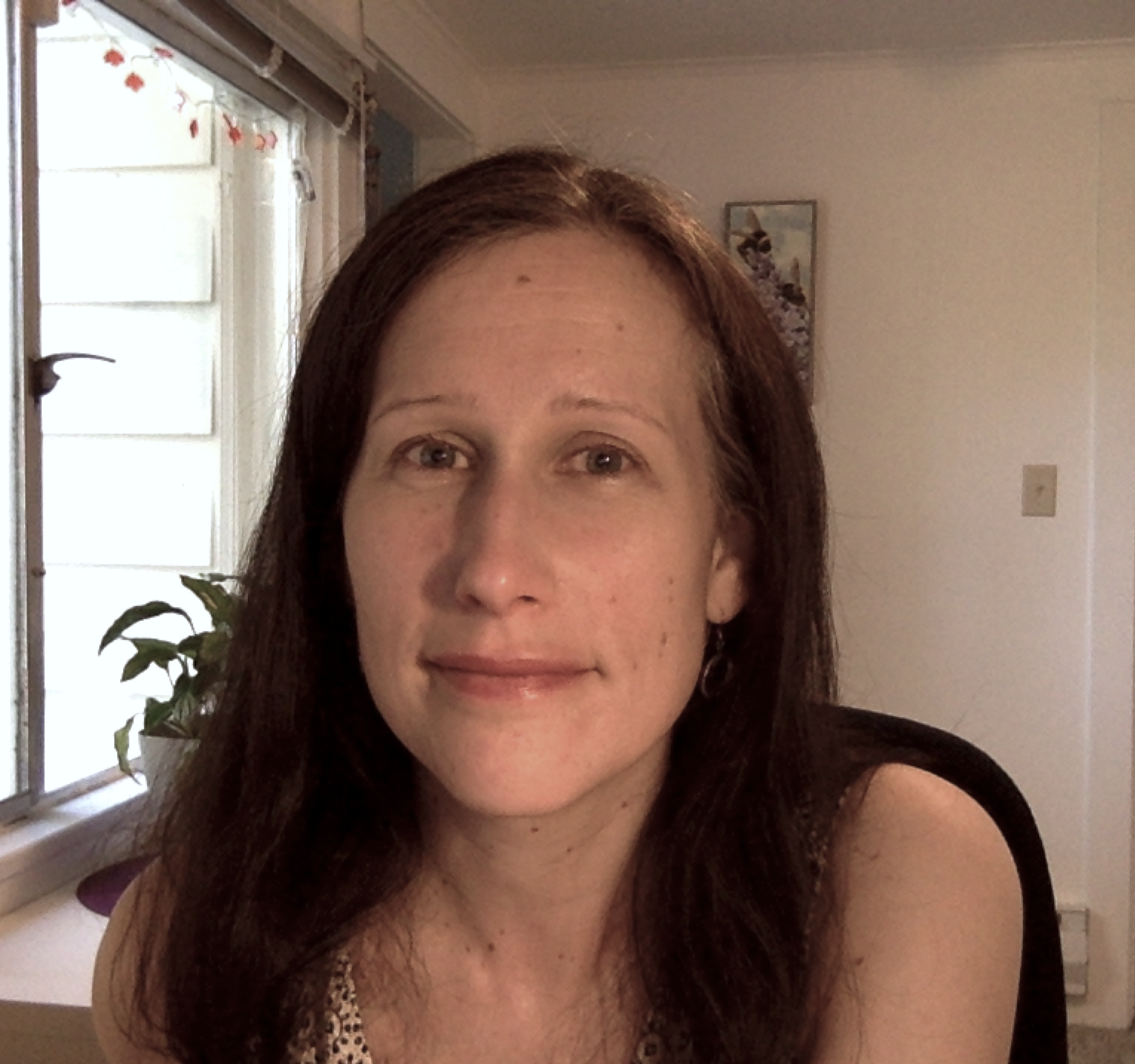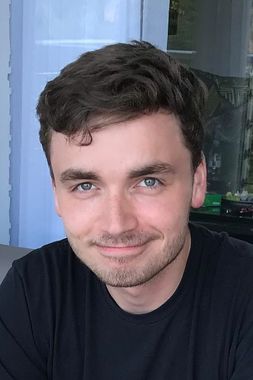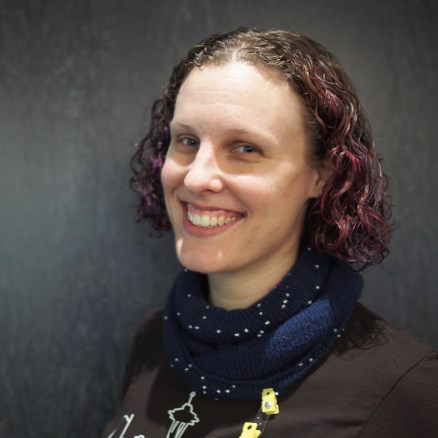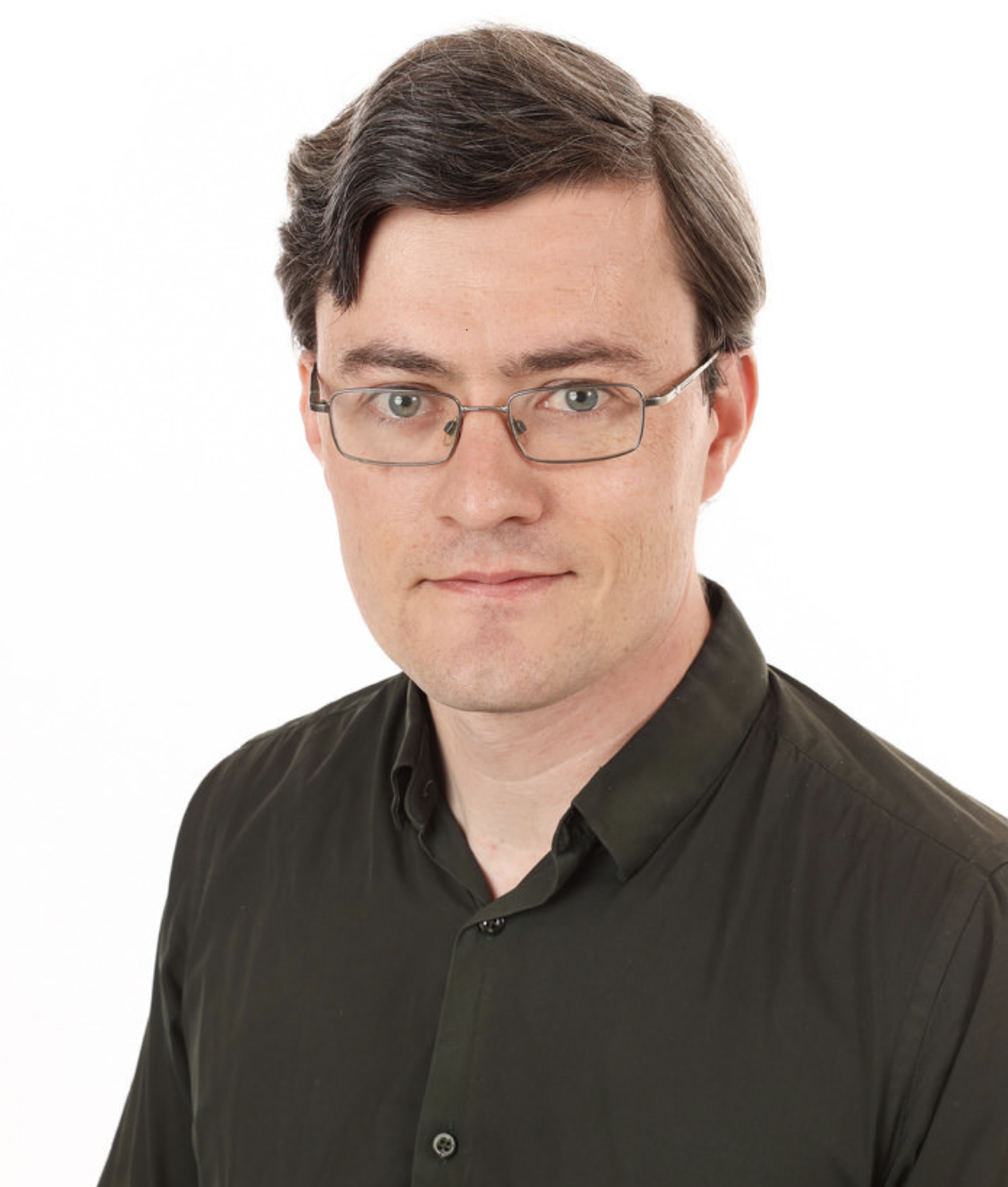Peter Yoachim is a staff scientist working with LSST on issues of telescope scheduler optimization and calibration. Scientifically, I work on galaxy formation and evolution, particularly using IFU observations to measure galaxy dynamics and star formation histories.
I work on understanding interactions between the Milky Way and the population of dwarf galaxies in the Local Group. This includes observing the tidal debris left behind by dwarfs as they fall onto the Galaxy, along with modeling the changing properties of dwarfs as they become satellites of the Milky Way. Much of my work uses data from the Pan-STARRS survey. I am part of the LSST Data Management System Science Team, and I support that project with analyses of the scientific requirements and expected performance of the survey.
I am a research astronomer whose main task is “make LSST find asteroids” — i.e., solve the asteroid linking problem in exciting new ways. I’m also interested in variable stars and Kuiper Belt objects, and in asteroid populations (particularly at very small sizes), collisional families, and asteroids with weird orbits or spin states. I love astronomical observing, looking at fresh data, and working on novel methods to squeeze all the science out of challenging data sets.
I currently work for Rubin Observatory as the Lead Community Scientist for the Community Engagement Team and as a Science Analyst for the Data Management team. My main research focus is supernovae, especially those of Type Ia.
Joachim Moeyens is a research scientist at the DiRAC Institute at the University of Washington. He is interested in big data and software driven solutions to problems in astronomy. During his undergraduate studies at the University of Washington, he was presented with the opportunity to work on a research project for the Vera Rubin Observatory’s Legacy Survey of Space and Time (LSST). For his doctoral thesis, Joachim is working on algorithms that discover minor planets in astronomical surveys, in particular, on Rubin Observatory’s Solar System Processing pipelines, and on a novel algorithm named Tracklet-less Heliocentric Orbit Recovery (THOR).
Meredith Rawls is a research scientist in the Department of Astronomy and DiRAC at the University of Washington. She writes software to handle terabytes of nightly data from Vera C. Rubin Observatory’s Legacy Survey of Space and Time (LSST), which will ultimately become the highest resolution movie of the night sky ever made. She earned a BS from Harvey Mudd, a MS from San Diego State, and a PhD from New Mexico State. Her background is in stellar astrophysics, but lately she studies the plethora of newly-launched low-Earth-orbit satellites in the hopes observers worldwide don’t lose the night sky. She lives with her family in Seattle, enjoys playing viola, and primarily gets around by e-bike.
Ian Sullivan is a Research Scientist at the University of Washington, where he leads the development of imaging algorithms for optical and radio telescopes. With a background in experimental astrophysics, he seeks to develop new instruments and invent new technologies that open up possibilities for research. Ian manages the Alert Production team for the Rubin Observatory (www.lsst.org), and is the creator of the Fast Holographic Deconvolution (FHD) pipeline for calibration and imaging of radio telescopes such as the Murchison Widefield Array (MWA) and the Hydrogen Epoch of Reionization Array (HERA).
